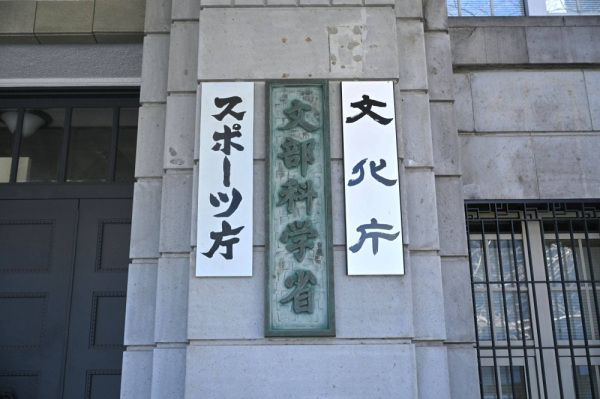Japan’s system for converting Japanese characters into the Latin alphabet, known as romanization, is undergoing its first major review in 70 years. The Education Minister, Masahito Moriyama, has requested the Council for Cultural Affairs to analyse the current system and propose potential changes.
The current standard, established in 1954, is called Kunrei-shiki. However, a different system, Hepburn romanization, has become widely used in everyday life, appearing on passports, road signs, and even some official document.
This inconsistency has caused confusion, prompting the need for a review.
The key differences between the two systems lie in how they handle sounds specific to Japanese. For instance, the sound “chi” is written as “ti” in Kunrei-shiki and “chi” in Hepburn.
The Council for Cultural Affairs will consider factors like:
- Clarity for English Speakers: Hepburn is generally considered easier for English speakers to pronounce Japanese words.
- Consistency with Existing Usage: Aligning the official system with prevalent usage like Hepburn could streamline communication.
- Pedagogical Considerations: The impact on teaching romanization in schools needs to be factored in.
The council is expected to submit a report with its recommendations by next spring. The potential adoption of a revised system could have a significant impact on how Japanese names, places, and words are represented internationally.





